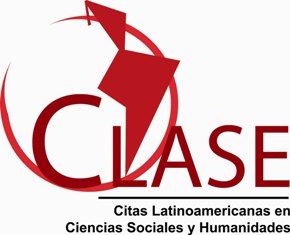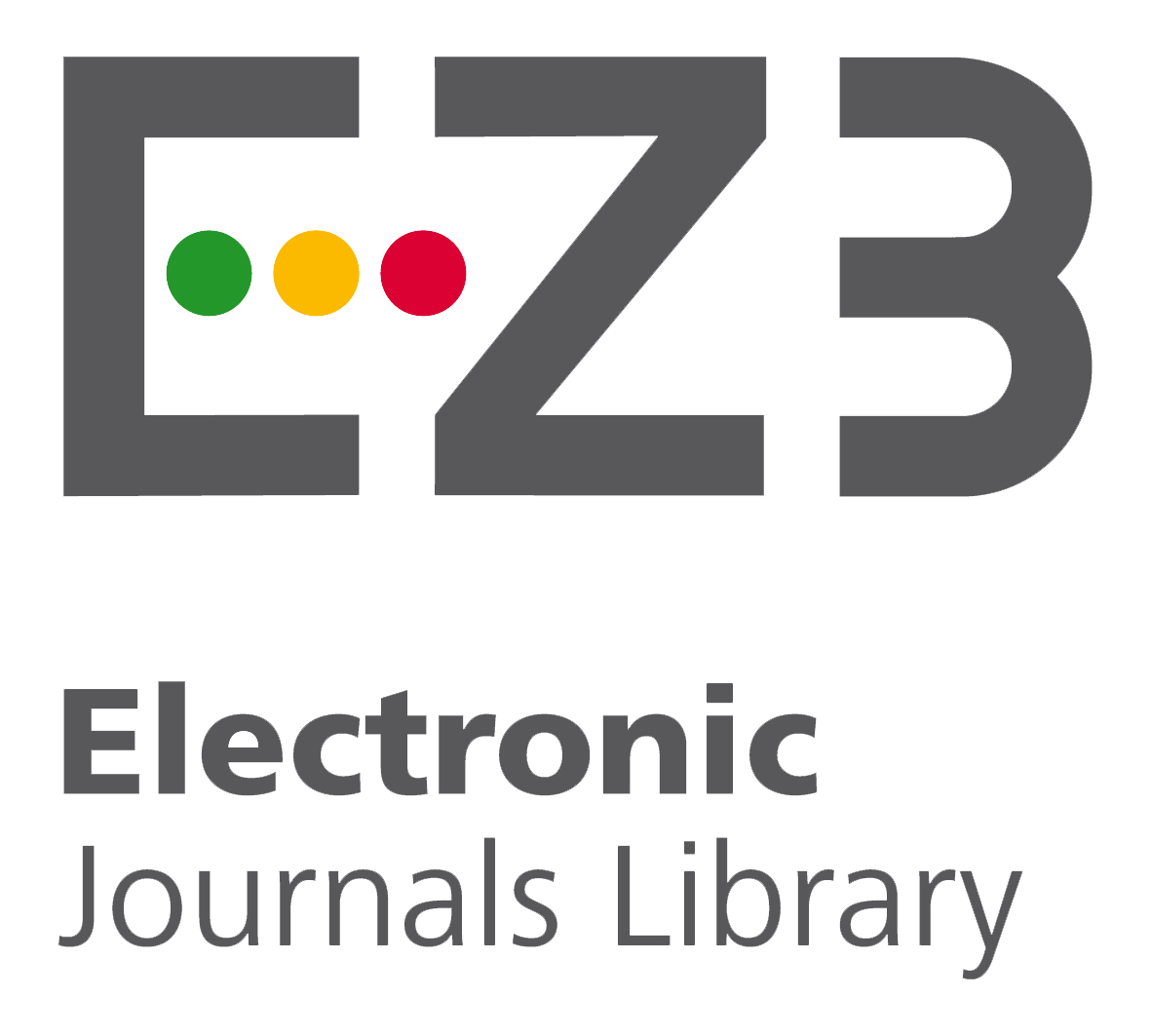Comparison of three methods for outliers elimination in regression analysis between the soil saturation extract electrical conductivity and the 1:5 extract electrical conductivity (Original)
Keywords:
outliers, soil salinity, linear regressionAbstract
To express the levels of soil salinity with respect to crop development, the value of the electrical conductivity of the saturation extract (ECe) is generally used although there are a number of drawbacks in its determination, which limit its widespread use. To overcome such problem is possible to make simultaneous measurements of ECe and the 1:5 extract electrical conductivity (EC1:5), easier to measure, for a small number of samples and then with the measured data, to obtain the best regression equation between both variables. The usefulness of this methodology is to estimate ECe data without the need to measure them directly. To ensure the application of the best model, outliers analysis is used to discard possible values that lead to non-optimal parameters of the regression equation to be used in the calibration process. Therefore, this paper analyzes the influence of the outliers elimination method on the quality of the adjustment models, in the ECe vs. EC1:5 linear regression analysis. The data used in this work were obtained from the processing of soil samples taken at sites located in the Cauto River Basin, affected by salinity. It was concluded that the most convenient and simple method for outliers elimination is the one that determines those cases for which its standard residue exceeds double the standard deviation of the set of standard residues of the sample considered in each analysis.
Downloads
References
Angiulli,F., Basta S. & Clara Pizzuti.(2006). Distance-Based Detection and Prediction of Outliers.IEEE Transactions on Knowledge and Data Engineering, 18, (2).
Cousineau, D. &Chartier, S. (2010). Outliers detection and treatment: a review. International Journal of Psychological Research, 3, (1), 58-67.
Jiang, M.F., Tseng S.S. & Su C.M. (2001).Two-phase clustering process for outliers detection. Pattern Recognition Letters, 22, 691-700.
Meltem, E.&Ufuk, E. (2016).Outlier detection with Mahalano bissquare distance: incorporating small sample correction factor, Journal of Applied Statistics, DOI: 10.1080/02664763.2016.1255313.
Naddler, A. &Dasberg,S. (1980). A comparison of different methods for measuring soil salinity. Soil Science Society of America Journal, 44, 725-728.
Slavich, P.G. &Petterson,G.H. (1990).Estimating solution extract salinity from soil paste electrical conductivity: an evaluation of procedures. Australian Journal of Soil Research, 28, 517-522.
StatSoft, Inc. (2011). STATISTICA (data analysis software system), version 10.www.statsoft.com.
Tao, W., Qun, L., Bin, C.& Zhonghua, L. (2018). Multiple outliers detection in sparse high-dimensional regression, Journal of Statistical Computation and Simulation, 88 (1), 89-107, DOI: 10.1080/00949655.2017.1379521
USSL.(1954). Diagnosis and improvement of saline and alkaline soils. United States Department of Agriculture. Agricultural Handbook N° 60. Washington, D.C.
Xuqing, L., Feng, G., Yandong, W.&Zhiguo, Z. (2018).Detecting outliers and influential points: an indirect classical Mahalanobis distance-based method, Journal of Statistical Computation and Simulation, DOI: 10.1080/00949655.2018.1448981









































